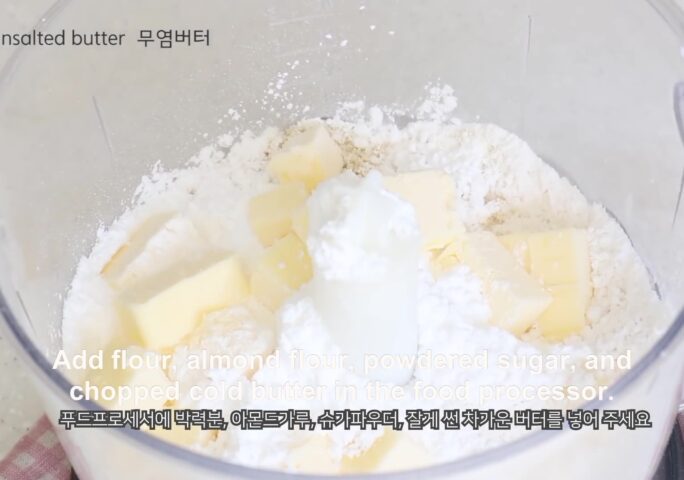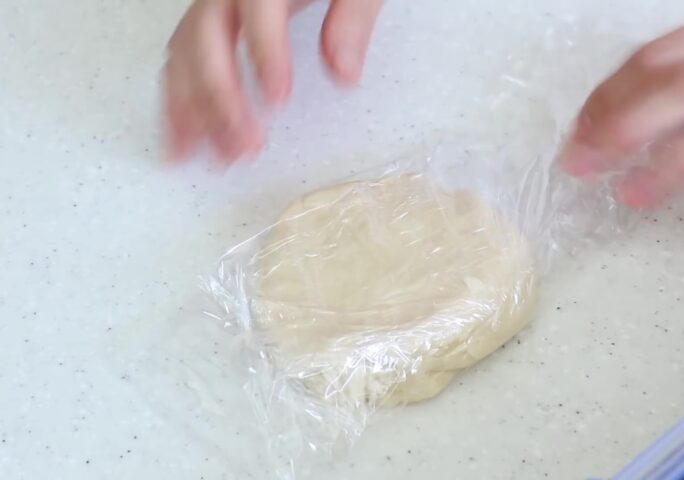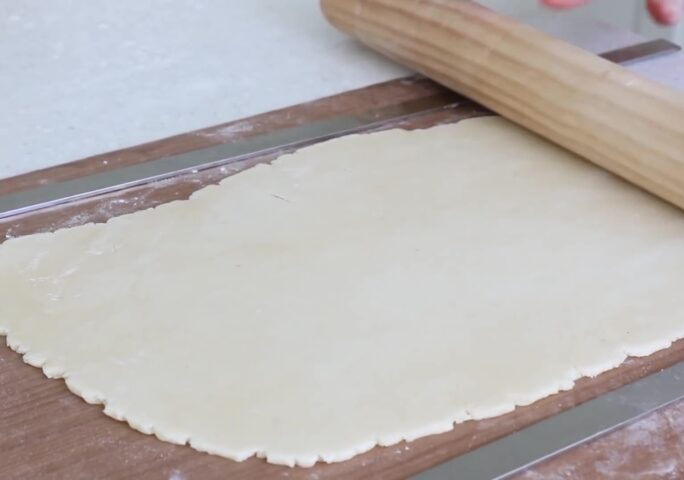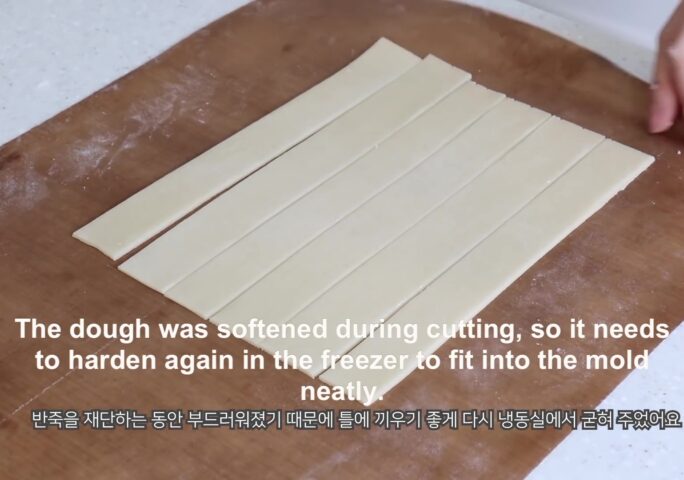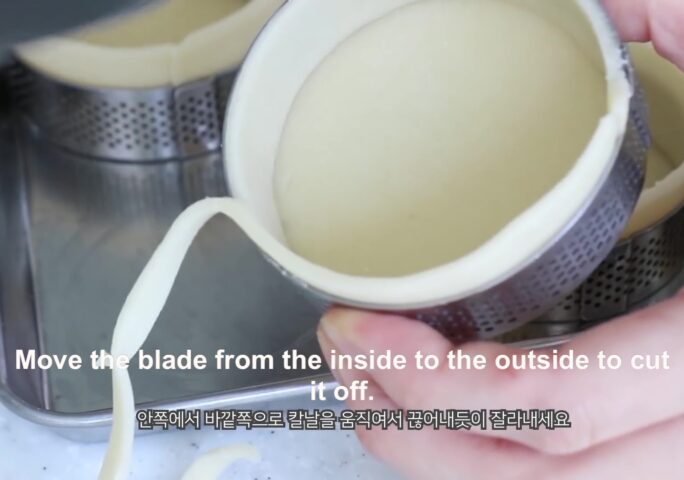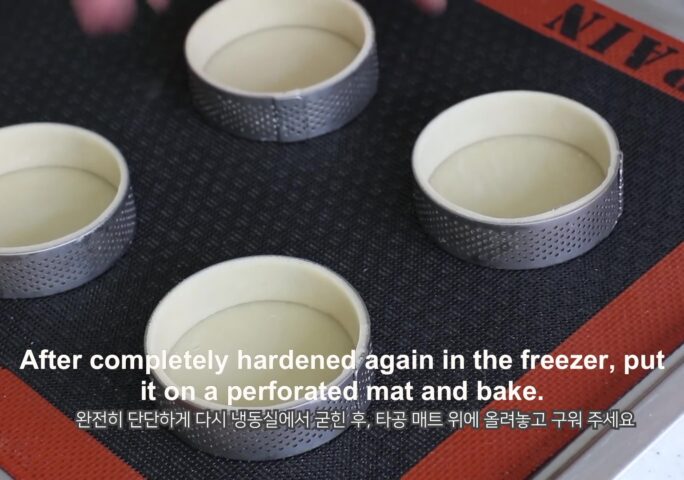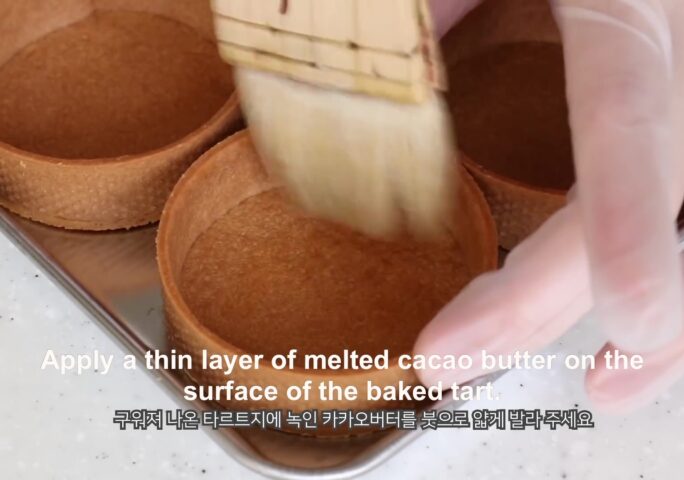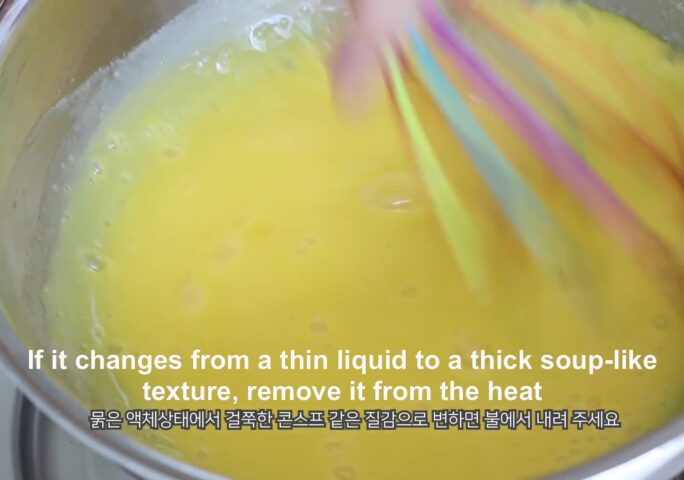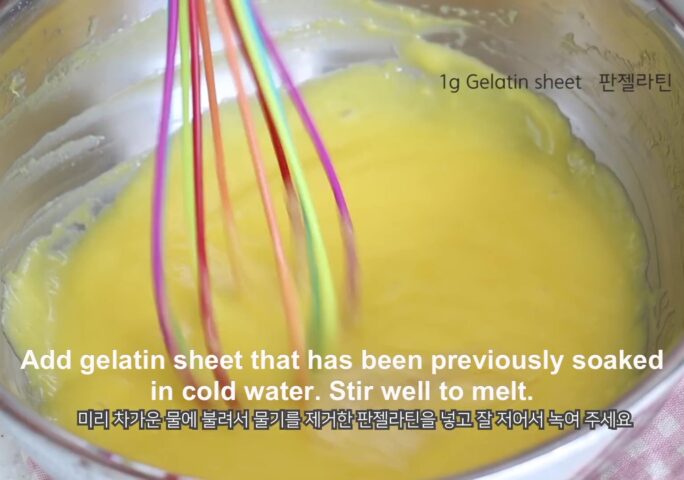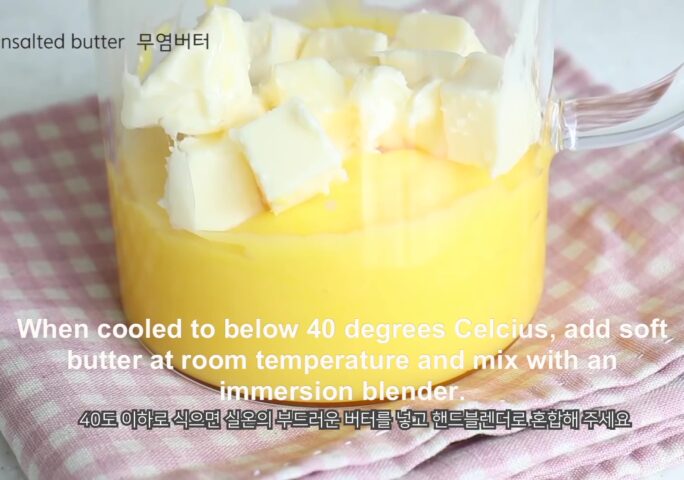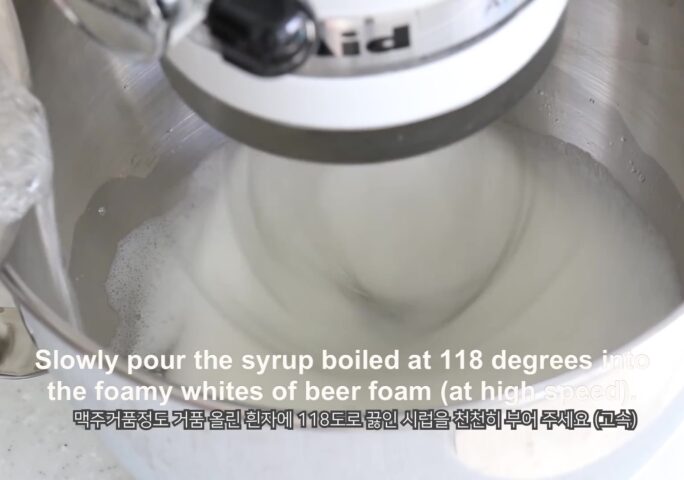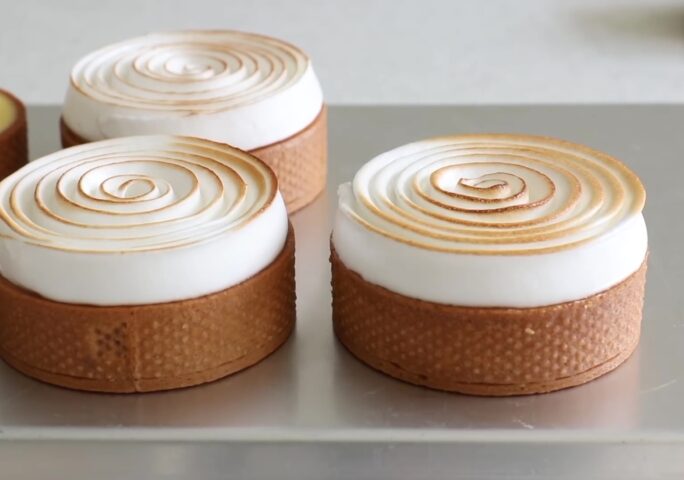1
Add flour, almond flour, powdered sugar, and chopped cold butter to the food processor.
Pulse to blend in the butter until the particles of butter are not visible.

The BEST Lemon Meringue Tart, an amazing American dessert with the freshness of the lemon and crunchiness of the baked tart. Desserts with a strong sour taste have a lot of pros and cons. So here is a recipe where the sour taste is not too strong. The tart is thin and crispy, and the lemon cream is mild and not too sour.
Visit J’adore on Youtube for more delicious videos.
